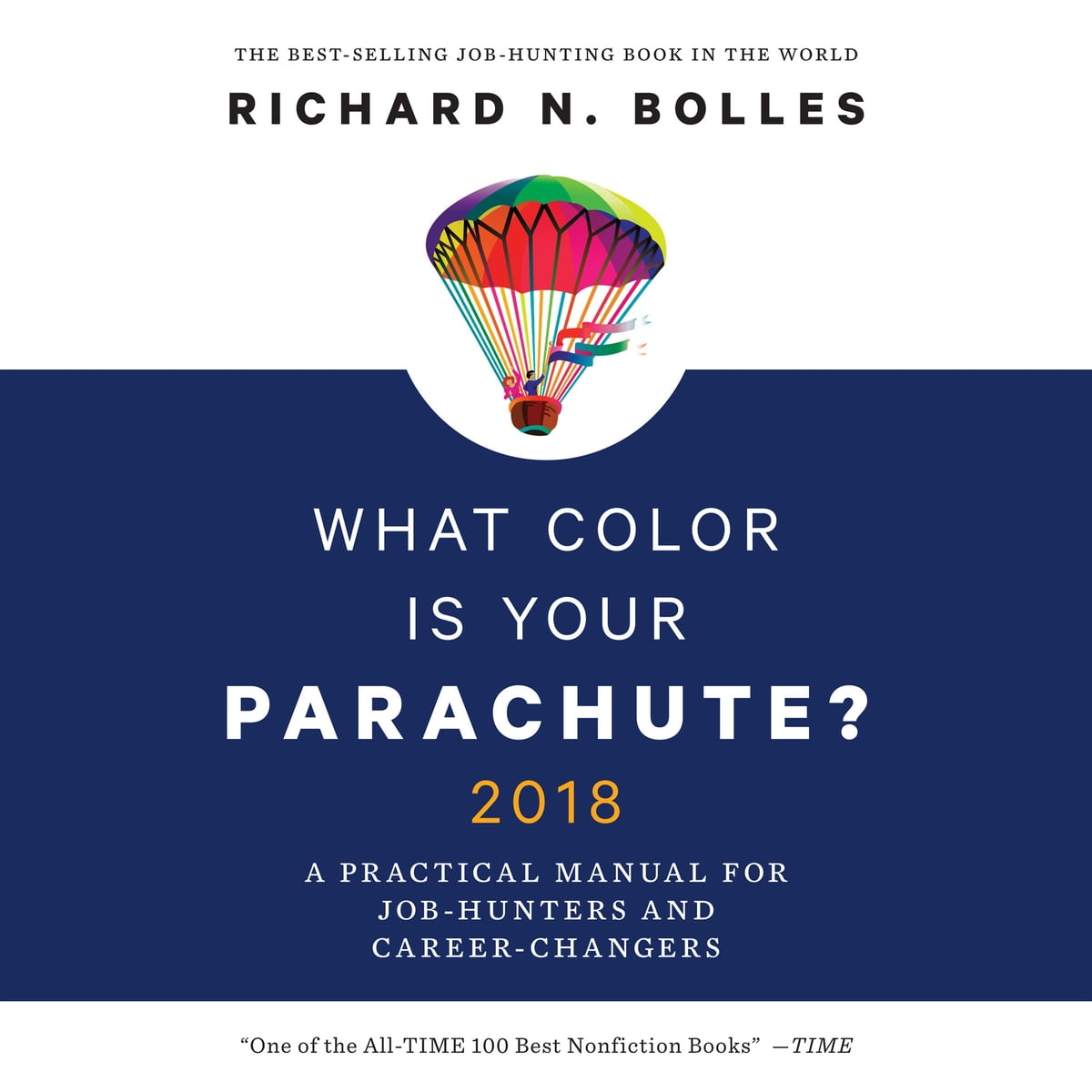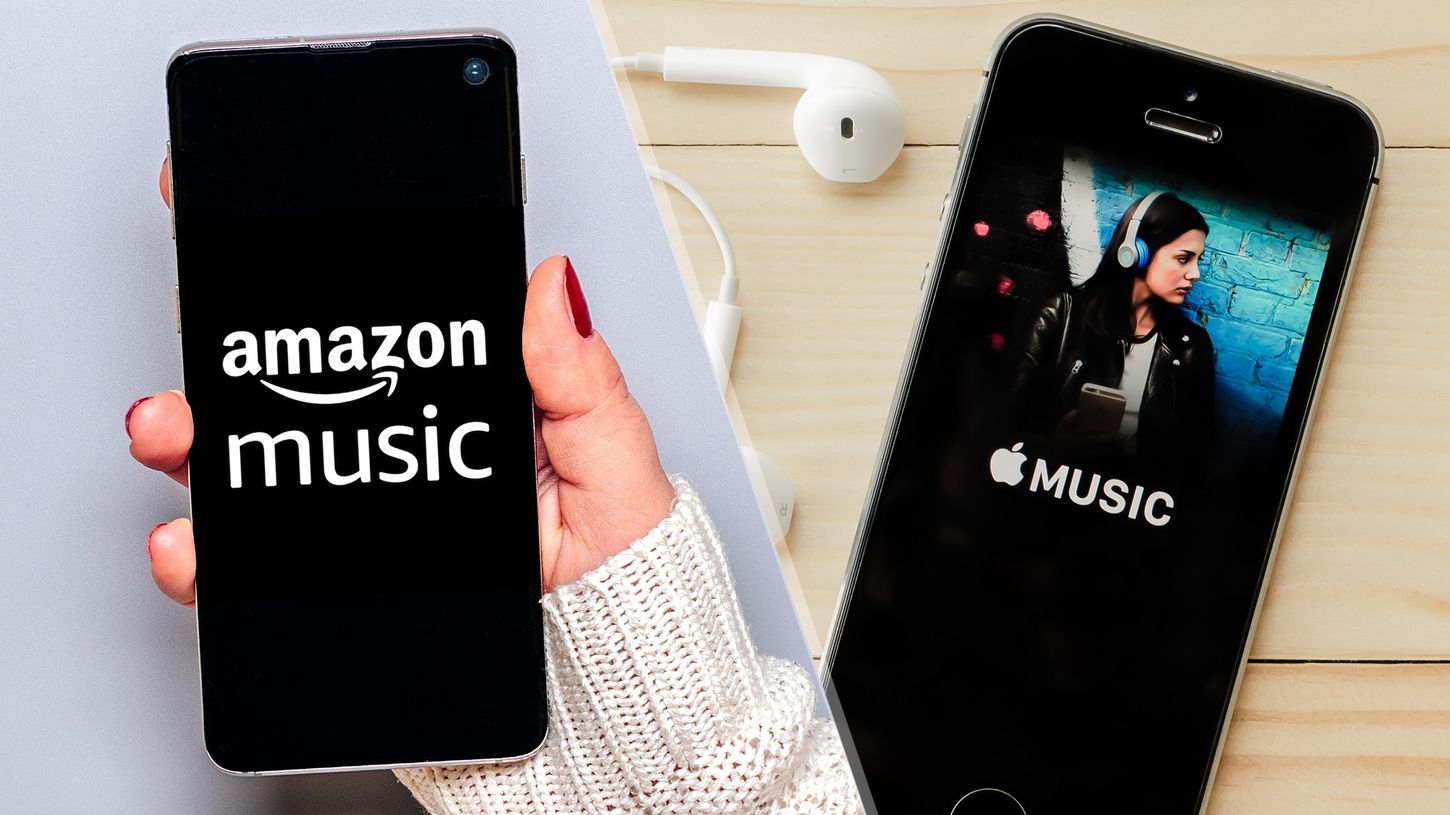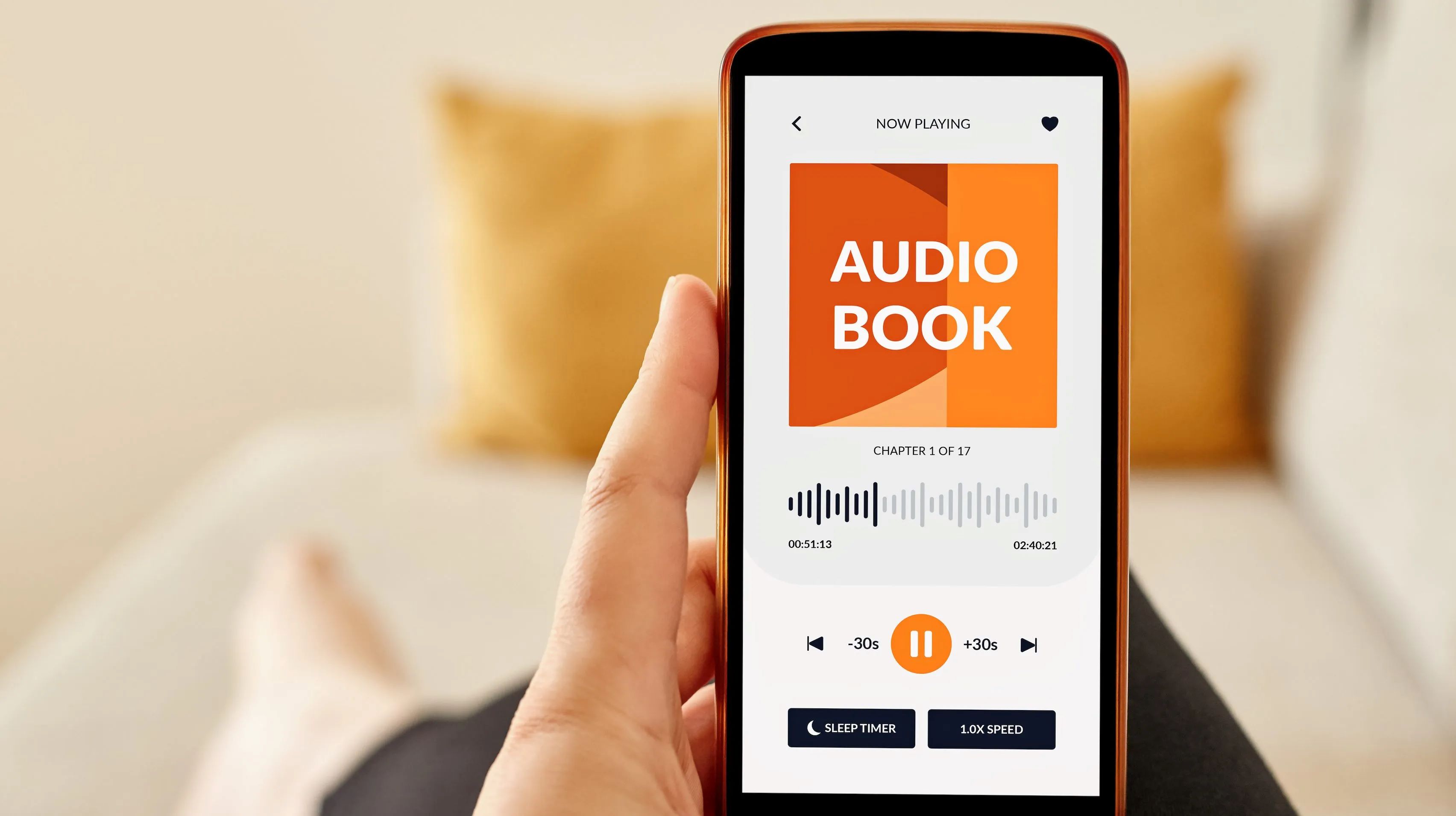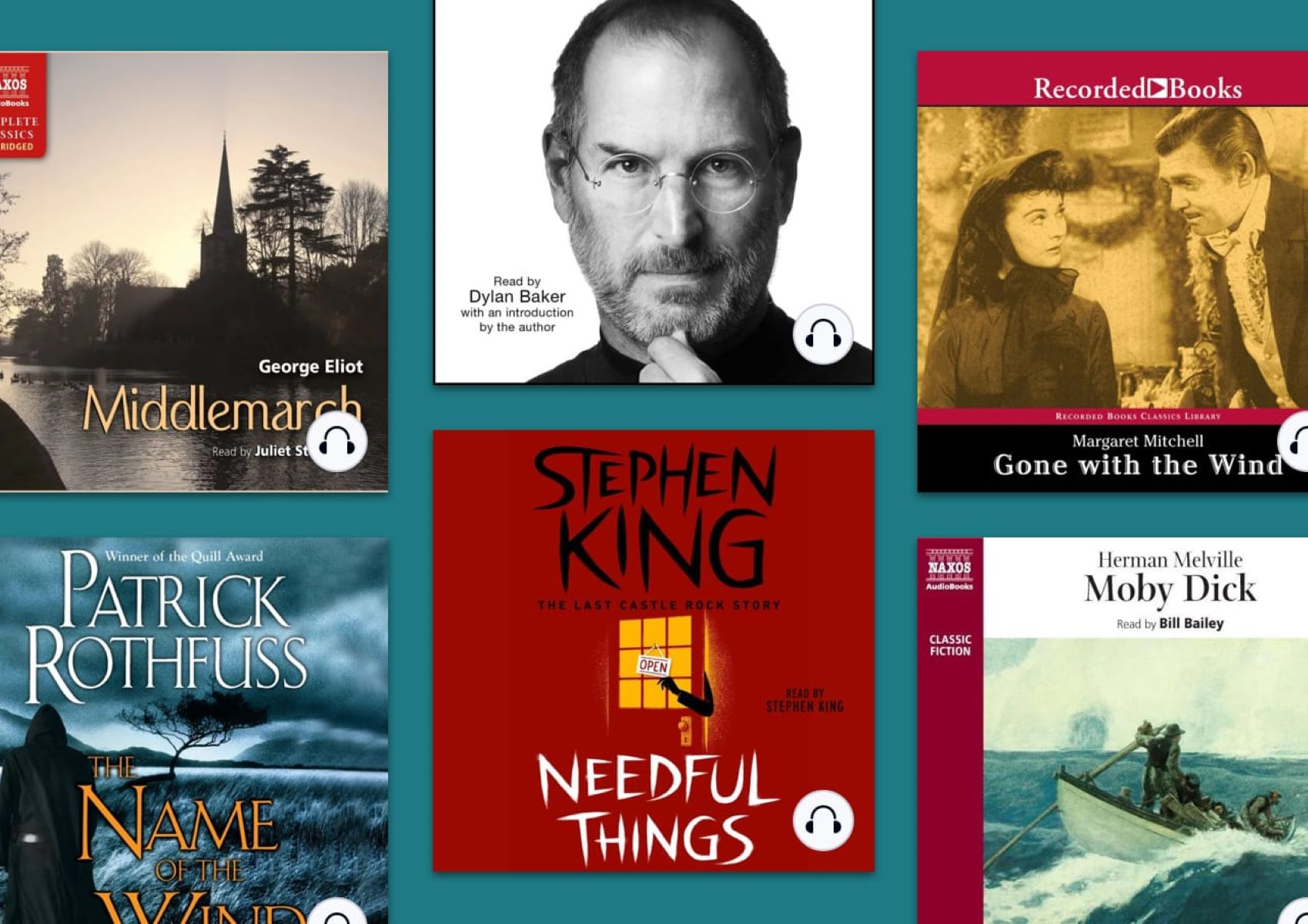Home>Production & Technology>Audiobook>What Is Library Audiobook


Audiobook
What Is Library Audiobook
Modified: January 22, 2024
Discover the wonders of audiobooks at your local library. Dive into a world of captivating storytelling and endless entertainment with our vast collection of audiobooks.
(Many of the links in this article redirect to a specific reviewed product. Your purchase of these products through affiliate links helps to generate commission for AudioLover.com, at no extra cost. Learn more)
Table of Contents
- Introduction
- Definition of Library Audiobook
- Benefits of Library Audiobooks
- Accessing Library Audiobooks
- Popular Platforms for Library Audiobooks
- Borrowing and Returning Library Audiobooks
- Types of Library Audiobooks
- Audiobook Formats Available in Libraries
- Best Practices for Using Library Audiobooks
- Conclusion
Introduction
In today’s fast-paced world, finding time to sit down and read a book can be a challenge. However, the rise of audiobooks has made it easier than ever to enjoy literature on the go. Audiobooks allow busy individuals to immerse themselves in captivating stories and insightful knowledge while multitasking or during their daily commute. One popular way to access audiobooks is through the library.
Library audiobooks provide a cost-effective and convenient way to enjoy all genres of literature. Whether you’re a fan of fiction, self-help, mystery, or non-fiction, libraries have an extensive collection of audiobooks catering to diverse interests. In this article, we will explore the world of library audiobooks and discuss the benefits, accessibility, platforms, and best practices for utilizing them.
By utilizing library audiobooks, you can expand your literary horizons without straining your budget. Libraries offer a wide selection of audiobooks for patrons to borrow and enjoy at their own pace. Whether you prefer physical CDs, digital downloads, or streaming options, libraries have adapted to provide various formats to accommodate different preferences.
Not only do library audiobooks enhance access to literature, but they also promote literacy and the joy of reading. Audiobooks offer a unique experience by bringing stories to life through talented narrators who enhance the characters and create an immersive experience for the listener. They are particularly helpful for people with visual impairments or learning disabilities, as they provide an alternative medium to engage with books.
In the following sections, we will delve into the details of library audiobooks, from the definition and benefits to the process of borrowing and returning them. Whether you’re a seasoned audiobook enthusiast or new to the world of audiobooks, this comprehensive guide will help you make the most of your library audiobook experience.
Definition of Library Audiobook
A library audiobook is a recorded version of a book that is made available for loan or streaming through a library system. It allows patrons to enjoy the content of a book through audio narration, making it accessible for those who prefer or need an auditory experience.
Library audiobooks come in various formats, including CDs, digital downloads, and streaming platforms. They typically feature professional narrators who bring the stories to life by using different voices and inflections, enhancing the overall listening experience.
Unlike purchasing audiobooks individually, library audiobooks are part of a library’s collection, which means that they can be borrowed by patrons at no cost. This makes them an affordable option, particularly for avid readers who consume multiple books each month. Additionally, the borrowing period for library audiobooks typically follows the library’s lending policies, allowing patrons to enjoy the audiobooks for a set duration before returning them.
Library audiobooks cover a wide range of genres and topics, from classic literature to contemporary fiction, self-help, biographies, and more. This ensures that there is something for every taste and interest. Many libraries also offer audiobooks in multiple languages, catering to diverse communities and promoting cultural inclusivity.
It’s important to note that library audiobooks are not the same as commercial audiobooks available for purchase. While both formats offer the spoken version of a book, library audiobooks are specifically provided by libraries for borrowing by their patrons. Commercial audiobooks, on the other hand, are typically sold individually through various platforms and are not part of a library’s collection.
Library audiobooks have gained immense popularity in recent years, thanks to the advancement of technology and the increased accessibility of digital platforms. They have become a valuable resource for book lovers who are looking for alternative ways to consume literature and make the most of their library membership.
Benefits of Library Audiobooks
Library audiobooks offer numerous advantages that make them a preferred choice for many readers. Whether you’re a busy professional, a student, or someone who simply loves to immerse yourself in captivating stories, here are some of the key benefits of using library audiobooks:
- Convenience: One of the main benefits of library audiobooks is the convenience they offer. You can listen to audiobooks anytime, anywhere, without the need to sit down and physically read a book. Whether you’re commuting, working out, or doing household chores, you can easily turn your downtime into a reading opportunity.
- Multi-tasking: Audiobooks allow you to multitask while enjoying literature. You can engage in other activities, such as exercising, cooking, or running errands, while simultaneously immersing yourself in a captivating story. This makes audiobooks a valuable option for individuals with busy schedules who struggle to find dedicated time for reading.
- Accessibility: Library audiobooks are accessible to everyone, regardless of physical limitations or reading abilities. They provide an alternative medium for individuals with visual impairments, learning disabilities, or physical limitations that make reading printed books challenging. Audiobooks enable these individuals to enjoy literature and expand their knowledge without obstacles.
- Immersion: With skilled narrators bringing characters to life, audiobooks offer an immersive experience. The voices, accents, and intonations used by the narrators enhance the storytelling, making the literary journey even more captivating. This auditory experience adds a new dimension to books and transports the listener into the world created by the authors.
- Increased Vocabulary and Language Skills: Listening to audiobooks exposes readers to a rich and diverse vocabulary, helping to improve their language skills and comprehension. Through the narration, listeners can learn proper pronunciation, intonation, and rhythm, which can enhance their own speaking and writing abilities.
- Cost-Efficient: Library audiobooks provide a cost-effective way to enjoy a wide range of books. Instead of purchasing individual audiobooks, library patrons can borrow them for free, saving money while still having access to a vast collection of titles and genres.
- Exploring New Authors and Genres: Library audiobooks give readers the opportunity to explore new authors, genres, and topics without the commitment of purchasing a book. Patrons can experiment with different genres, discover hidden gems, and broaden their reading horizons, all at no additional cost.
Overall, library audiobooks offer convenience, accessibility, and a unique listening experience, making them a valuable resource for book lovers. They allow readers to enjoy the magic of literature while fitting seamlessly into their busy lifestyles.
Accessing Library Audiobooks
Accessing library audiobooks has become increasingly convenient in the digital age. Libraries have embraced technology to provide multiple avenues for patrons to borrow and enjoy audiobooks. Here are the various ways you can access library audiobooks:
- Library Websites: Many libraries have integrated audiobooks into their online catalog systems. You can browse the library’s website and search for audiobooks in their digital collection. Once you find the audiobook you want, you can either download it directly or borrow it through a digital platform associated with the library.
- Library Mobile Apps: Libraries often offer mobile apps that allow patrons to access their digital collection, including audiobooks. These apps provide a user-friendly interface for searching, borrowing, and downloading audiobooks onto your mobile device. Some apps also have features like bookmarking and variable playback speed to enhance the listening experience.
- Digital Platforms: Libraries collaborate with popular digital platforms, such as OverDrive, Libby, and Hoopla, to provide a vast selection of audiobooks. These platforms have dedicated apps that you can download on your device. By using your library card and the platform’s integration with your library, you can borrow and enjoy audiobooks seamlessly.
- Physical Library: If you prefer physical formats, many libraries still offer audiobooks on CDs. You can visit your local library, browse their audiobook section, and borrow the physical copies to take home. Remember to check the library’s lending policies regarding borrowing periods and any associated fees for late returns.
Before accessing library audiobooks, you will typically need a library card. If you don’t have one, you can visit your local library and sign up for a library card. Once you have your library card, you can use it to access the library’s digital collection and borrow audiobooks.
It’s important to note that the availability of audiobooks may vary depending on your library’s collection and licensing agreements. Some popular titles may have limited copies, resulting in waiting lists. However, libraries often have an option to place a hold on audiobooks, and you will be notified when the audiobook becomes available for you to borrow.
Overall, accessing library audiobooks is a straightforward process, with digital platforms and mobile apps offering convenient ways to borrow and enjoy a wide range of audiobook titles. Whether you choose to go digital or prefer physical copies, libraries have ensured that accessing audiobooks is accessible and user-friendly for all patrons.
Popular Platforms for Library Audiobooks
With the rise in digital resources, numerous platforms have emerged as popular choices for accessing library audiobooks. These platforms offer a vast selection of titles, user-friendly interfaces, and convenient borrowing options. Here are some of the most popular platforms for library audiobooks:
- OverDrive: OverDrive is one of the leading platforms for borrowing audiobooks from libraries. It offers a diverse collection of audiobooks, eBooks, and other digital resources. OverDrive has a user-friendly website and mobile app that allows patrons to browse, borrow, and listen to audiobooks seamlessly. The platform is compatible with various devices, including smartphones, tablets, and eReaders.
- Libby: Developed by OverDrive, Libby is a user-friendly mobile app designed specifically for borrowing library audiobooks. Libby provides a seamless experience for browsing and borrowing audiobooks, as well as customizable settings like variable playback speed and an intuitive interface for managing borrowed titles. It also syncs across devices, allowing you to seamlessly switch between different devices while listening.
- Hoopla Digital: Hoopla Digital offers a wide range of digital content, including audiobooks, eBooks, music, movies, and TV shows. It partners with libraries to provide patrons with instant access to a collection of audiobooks. Hoopla Digital is known for its simple and intuitive interface, allowing users to stream or download audiobooks easily. The platform also offers features like customizable playback speed and offline listening.
- RBdigital: RBdigital provides a comprehensive range of digital resources, including audiobooks, eBooks, magazines, and newspapers. Collaborating with libraries, RBdigital offers a user-friendly platform for browsing, borrowing, and listening to audiobooks. The platform supports various devices, and its mobile app allows for seamless access to audiobook titles. RBdigital also offers additional features like bookmarking and adjustable playback speed.
- Cloud Library: Cloud Library is a popular platform for browsing and borrowing digital content from libraries, including audiobooks. It provides an extensive collection of audiobook titles that can be accessed through their website or mobile app. Cloud Library offers a simple and intuitive interface, allowing patrons to browse, borrow, and read or listen to audiobooks without hassle.
These platforms are widely used by libraries to provide their patrons with easy access to an extensive selection of audiobooks. It’s important to note that the availability of these platforms may vary depending on your library’s partnerships and licensing agreements. Therefore, it’s beneficial to check with your local library to see which platforms they are affiliated with and which ones are available to you.
Overall, these popular platforms for library audiobooks offer seamless borrowing experiences, customizable settings, and convenient access to a wide range of audiobook titles. They have revolutionized the way readers can explore and enjoy literature, providing a digital doorway to the world of storytelling.
Borrowing and Returning Library Audiobooks
Borrowing and returning library audiobooks is a straightforward process that allows patrons to enjoy their favorite titles without the need for purchasing them individually. Here’s a step-by-step guide on how to borrow and return library audiobooks:
- Searching for Audiobooks: Start by visiting your library’s website, mobile app, or physical library catalog. Use the search function to find the audiobook you want to borrow. You can search by title, author, genre, or keyword to locate the desired audiobook in the library’s collection.
- Borrowing Options: Once you find the audiobook, check if it’s available for borrowing. In some cases, popular titles may have a waiting list, and you may need to place a hold on the audiobook. If the audiobook is available, proceed to borrow it by following the instructions provided by the library’s platform or by checking out the physical copy from the library.
- Downloading or Streaming: If you’re using a digital platform, follow the provided steps to download the audiobook onto your device. Some platforms also offer streaming options, allowing you to listen to audiobooks directly without the need for downloading.
- Listening and Enjoying: Once you have successfully borrowed the audiobook, start listening and immersing yourself in the story. Audiobooks often provide features like bookmarking, variable playback speed, and sleep timers to enhance the listening experience. Take advantage of these features to customize your audiobook consumption to your preferences.
- Borrowing Period: It’s important to be aware of the borrowing period for library audiobooks. Libraries typically have their own policies regarding the duration you can keep the audiobook before returning it. This may vary from library to library, so make sure to check the due date to avoid any late fees or penalties.
- Renewing: If you need more time to finish an audiobook, you may have the option to renew it, depending on your library’s policies. Renewing allows you to extend the borrowing period, giving you additional time to enjoy the audiobook. Check with your library to see if renewals are permitted and how to initiate the renewal process.
- Returning: When you have finished listening to the audiobook or when the due date approaches, it’s time to return it. If you borrowed a physical copy, simply return it to the library’s designated location, such as the book drop or circulation desk. If you borrowed a digital audiobook, follow the instructions provided by the library’s platform to return or remove the audiobook from your device.
- Availability to Others: Returning library audiobooks on time ensures that they become available to other patrons. By returning the audiobooks promptly, you contribute to the fairness and accessibility of the library’s resources, allowing others to enjoy the same titles.
It’s important to familiarize yourself with your specific library’s policies and procedures for borrowing and returning audiobooks. Each library may have slight variations in the process, and it’s always a good idea to check their website, contact their support staff, or consult any available guidelines for specific instructions.
By following these steps, you can seamlessly borrow, enjoy, and return library audiobooks, maximizing your reading experience while respecting the policies and regulations put in place by the library.
Types of Library Audiobooks
Library audiobooks come in various formats and cover a wide range of genres and topics, catering to diverse interests and preferences. Here are some of the common types of library audiobooks you can find:
- Fiction Audiobooks: Fiction audiobooks include popular novels, short stories, and anthologies from various genres. Whether you’re a fan of romance, science fiction, mystery, fantasy, or literary fiction, libraries offer an extensive collection of fiction audiobooks to suit every taste. These audiobooks allow you to immerse yourself in captivating stories and explore the imagination of talented authors.
- Non-Fiction Audiobooks: Non-fiction audiobooks cover a wide range of topics, including biographies, memoirs, self-help, history, science, business, and more. They provide opportunities to learn, gain knowledge, and explore real-life stories and experiences. Whether you’re interested in personal development, exploring scientific discoveries, or diving into historical events, libraries offer a vast selection of non-fiction audiobooks to expand your understanding and broaden your horizons.
- Classic Audiobooks: Classic audiobooks feature timeless literary works that have stood the test of time. These include works by renowned authors such as William Shakespeare, Jane Austen, Mark Twain, Charles Dickens, and F. Scott Fitzgerald, among others. Classic audiobooks allow you to experience the beauty of literature and delve into the literary masterpieces from various eras.
- Children’s Audiobooks: Libraries also cater to younger audiences with a diverse collection of audiobooks specifically designed for children. From picture book adaptations and early readers to middle-grade and young adult novels, children’s audiobooks offer engaging and entertaining stories that encourage a love for reading and listening. These audiobooks often feature lively narrations and sound effects to captivate young listeners.
- Language Learning Audiobooks: Language learning audiobooks are valuable resources for those looking to improve their language skills. Libraries offer audiobooks that provide language lessons, vocabulary practice, and interactive dialogues in different languages. These audiobooks can be a helpful tool for beginners as well as those looking to enhance their proficiency in a foreign language.
- Poetry Audiobooks: For poetry enthusiasts, libraries often have collections of audiobooks featuring works by renowned poets. Poetry audiobooks allow you to experience the rhythm, emotion, and beauty of poems through the oral delivery of skilled narrators. They are an excellent way to appreciate and explore the artistry of words.
These are just a few examples of the types of library audiobooks available. Libraries strive to provide a diverse and inclusive collection that caters to a wide range of interests and ages. By offering a variety of audiobook types, libraries enable patrons to enjoy literature, learn new skills, and engage with the written word in different formats.
Audiobook Formats Available in Libraries
Libraries provide a variety of formats for audiobooks to cater to different preferences and technological capabilities. Here are the common audiobook formats available in libraries:
- CDs: Many libraries still offer audiobooks in the traditional CD format. These physical discs can be borrowed from the library’s collection and played in CD players, including portable CD players, computers, and some modern car audio systems. CDs are a convenient option for those who prefer physical media or have limited access to digital platforms.
- Digital Downloads: Libraries offer audiobooks in digital format, which can be downloaded and transferred to compatible devices. Digital downloads are typically in MP3 format, which is widely compatible with various devices, including smartphones, tablets, computers, and some eReaders. Patrons can download the audiobooks directly from the library’s website or through specific platforms associated with the library.
- Streaming: Streaming audiobooks have become increasingly popular in libraries. With streaming, patrons can access audiobooks on demand through library-affiliated platforms and apps. Streaming provides instant access to a vast collection of audiobooks without the need for downloading or physical copies. Patrons can listen to the audiobooks directly through an internet connection on their preferred devices.
- Digital Library Apps: Libraries collaborate with digital library apps, such as OverDrive, Libby, and Hoopla, to provide audiobooks in a user-friendly digital format. These apps can be downloaded onto smartphones, tablets, and other compatible devices. Patrons can access and borrow audiobooks through these apps, which often come with additional features like bookmarking, variable playback speed, and synchronization across devices.
- Daisy Format: The Digital Accessible Information System (DAISY) format is specifically designed for individuals with visual impairments or print disabilities. Daisy audiobooks include enhanced navigation features, such as chapter skipping, bookmarks, and text-to-speech capabilities. These audiobooks can be accessed using specialized devices or software that supports the Daisy format.
The availability of these audiobook formats may vary from library to library, depending on their technological infrastructure and partnerships with digital platforms. It’s advisable to check with your local library to understand the specific formats they offer and the compatible devices you can use to access their audiobook collection.
Libraries strive to provide a diverse range of audiobook formats to ensure accessibility for all patrons. Whether you prefer physical CDs, digital downloads for offline listening, or streaming options for instant access, libraries have adapted to meet the evolving needs and preferences of audiobook enthusiasts.
Best Practices for Using Library Audiobooks
To make the most of your library audiobook experience, here are some best practices to keep in mind:
- Explore Different Genres: Step out of your comfort zone and explore various genres. Library audiobooks offer a diverse range of titles, allowing you to discover new authors, genres, and subjects you may not have considered before.
- Manage Your Borrowing: Keep track of your borrowed audiobooks and their due dates. Make use of reminders or calendar apps to ensure you return the audiobooks on time. This not only allows others to access the titles but also helps you avoid late fees or penalties.
- Adjust Playback Speed: Many audiobook platforms offer the option to adjust the playback speed. Experiment with different speeds to find the one that suits your listening style. Some people prefer faster speeds for faster-paced books, while others may prefer slower speeds for more immersive storytelling.
- Take Advantage of Bookmarks: Use the bookmark feature in your audiobook platform to mark favorite passages, memorable quotes, or specific sections you want to revisit. This allows you to easily jump back to those moments and helps you remember key details in the story.
- Try Different Narrators: Audiobooks are often narrated by talented actors or professional voice artists. Explore audiobooks narrated by different individuals to find narrators whose voices and styles resonate with you. A skilled narrator can greatly enhance your listening experience.
- Listen to Sample Clips: Before borrowing an audiobook, listen to a sample clip if available. This will give you a sense of the narrator’s voice, pacing, and overall performance, helping you determine if it’s the right fit for you.
- Engage in Active Listening: Engage with the audiobook actively by focusing on the story and characters. Picture the scenes in your mind, pay attention to the emotions conveyed by the narrator, and immerse yourself fully in the narrative. Active listening enhances your enjoyment and comprehension of the audiobook.
- Take Breaks: Give yourself breaks during long listening sessions to avoid mental fatigue. Pausing periodically allows you to reflect on what you’ve listened to and helps maintain your enthusiasm for the story. Listening to audiobooks should be an enjoyable experience, so take the time to savor and digest the content.
- Create a Relaxing Environment: Find a comfortable and quiet space where you can fully immerse yourself in the audiobook. Minimize distractions, such as noise or interruptions, to create an optimal listening environment. Consider using headphones for a more immersive experience.
- Provide Feedback: If your library offers the option to provide feedback or recommendations, take advantage of it. Share your thoughts on the audiobooks you’ve borrowed to help others in their selection process and provide valuable feedback to the library.
These best practices will enhance your enjoyment of library audiobooks and help you make the most of your listening experience. Remember, audiobooks offer a unique way to engage with literature and explore captivating stories, allowing you to immerse yourself in a world of imagination.
Conclusion
Library audiobooks have revolutionized the way we engage with literature, offering convenient and affordable access to a vast collection of titles. Whether you’re a busy individual looking to make the most of your time or someone who simply enjoys the immersive experience of being transported into a story, library audiobooks provide a valuable resource for book lovers of all kinds.
From fiction to non-fiction, classics to children’s books, and language learning resources, libraries offer a diverse range of audiobook options to cater to different interests and age groups. The availability of audiobooks in various formats, such as CDs, digital downloads, and streaming platforms, ensures that there is something for everyone.
The benefits of using library audiobooks are numerous. They provide convenience and the ability to multitask, allowing listeners to enjoy literature while on the move or engaging in other activities. Audiobooks also promote accessibility, enabling people with visual impairments or print disabilities to experience the joy of reading. Additionally, they offer an immersive experience through skilled narrators who bring stories to life.
To access library audiobooks, patrons can utilize library websites, mobile apps, or physical branches. Digital platforms like OverDrive, Libby, and Hoopla have made borrowing and enjoying audiobooks seamless and user-friendly. By following best practices such as exploring different genres, managing borrowed audiobooks, adjusting playback speed, and engaging in active listening, readers can enhance their experience and fully appreciate the magic of audiobooks.
In conclusion, library audiobooks offer a convenient, cost-effective, and enriching way to enjoy literature. They break down barriers to access, promote literacy and inclusion, and allow readers to immerse themselves in captivating stories. So, whether you’re a seasoned audiobook enthusiast or new to the world of audiobooks, take advantage of your library’s audiobook collection and embark on a literary journey that will expand your horizons and ignite your imagination.











